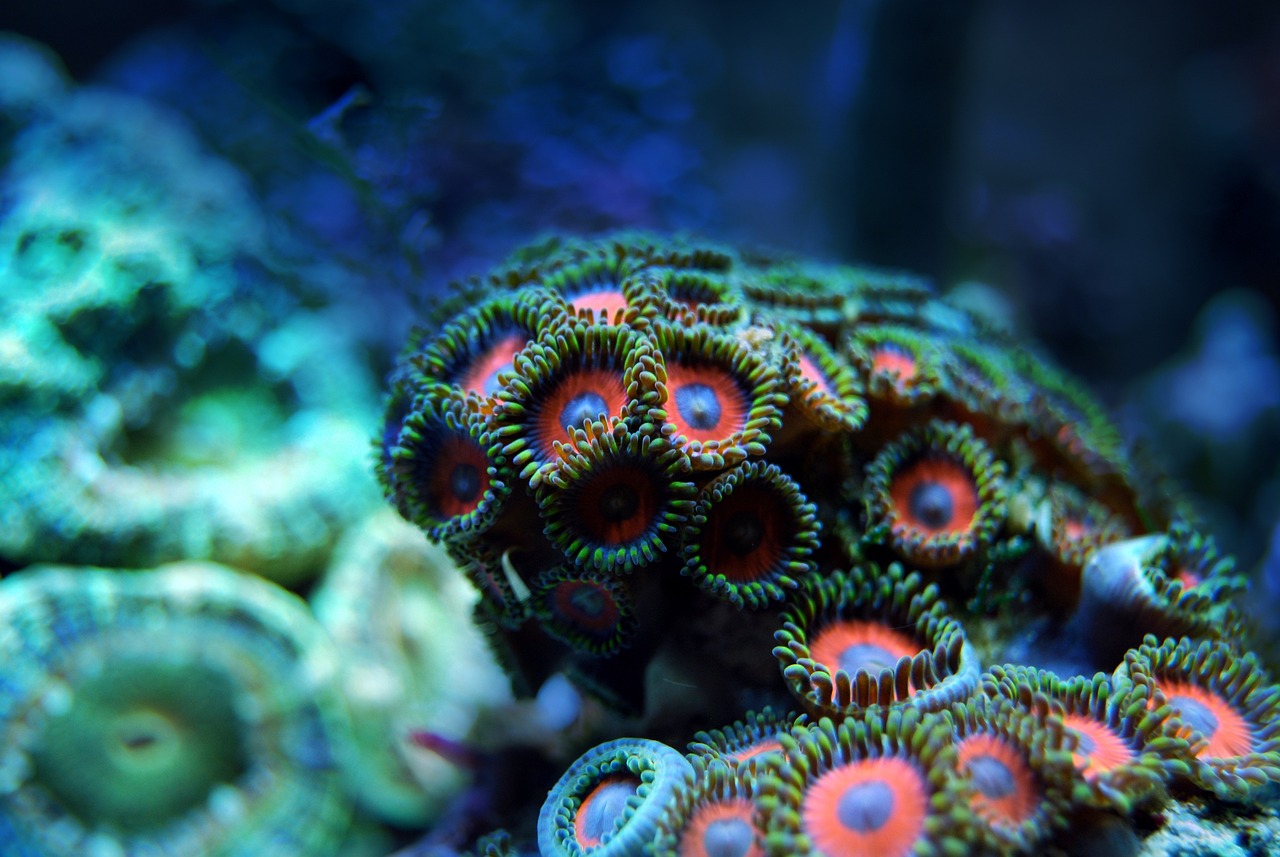![]()
Maintaining a thriving aquarium involves much more than simply adding fish and water. One of the most crucial factors in ensuring a healthy aquatic environment is understanding the role of oxygen. Oxygen is vital for the well-being of fish, invertebrates, and beneficial bacteria. This article explores the importance of oxygen in your aquarium, how to measure and maintain appropriate levels, and common issues related to oxygenation.
The Role of Oxygen in Aquariums
Biological Importance
Oxygen plays a critical role in the respiration of aquatic organisms. Fish, invertebrates, and beneficial bacteria all rely on oxygen for survival. For fish, oxygen is essential for cellular metabolism. The oxygen they absorb through their gills supports cellular processes and energy production. Invertebrates, too, depend on oxygen for their metabolic activities, though their needs can vary widely.
Beneficial bacteria, crucial for the nitrogen cycle, also rely on oxygen. These bacteria, which convert harmful ammonia into less toxic nitrites and nitrates, need oxygen to perform their function efficiently. Without sufficient oxygen, the nitrogen cycle can slow down or fail, leading to poor water quality.
Effects on Aquatic Life
For fish, low oxygen levels, or hypoxia, can lead to a range of health issues. Symptoms of oxygen deficiency include gasping at the surface, lethargy, and erratic swimming behavior. In severe cases, fish may experience increased susceptibility to diseases or even death. Invertebrates are similarly affected by low oxygen, though their reactions may be less obvious but can still lead to poor health or die-off.
Oxygen Levels and Measurement
Normal Oxygen Levels in Aquariums
In most aquariums, the ideal oxygen concentration ranges from 6 to 8 mg/L (milligrams per liter). Factors such as water temperature, movement, and bioload can affect this concentration.
Measuring Oxygen Levels
Regular measurement of oxygen levels is essential for maintaining a healthy aquarium. Tools such as oxygen test kits or electronic probes can provide accurate readings. It is advisable to measure oxygen levels periodically and especially if you notice any signs of distress in your aquatic life.
Factors Affecting Oxygen Levels
Water Temperature
The solubility of oxygen in water decreases as the temperature rises. Warmer water holds less oxygen, which can be problematic in heated aquariums or during the summer months. It’s important to monitor and manage water temperature to ensure that oxygen levels remain within the optimal range.
Water Movement
Surface agitation is crucial for oxygen exchange. Water movement facilitates the transfer of oxygen from the air into the water. Devices such as air pumps, diffusers, and surface skimmers can help maintain adequate oxygen levels. Proper water flow and circulation are also vital for ensuring that oxygen reaches all areas of the tank.
Bioload
The bioload, or the total amount of waste produced by the aquarium’s inhabitants, significantly impacts oxygen levels. A high bioload, often caused by overstocking or overfeeding, increases the demand for oxygen. Regular maintenance, including waste removal and careful feeding practices, can help manage bioload and ensure sufficient oxygen availability.
Plant Life
Aquatic plants contribute to oxygen levels through photosynthesis, where they release oxygen during the day. However, plants consume oxygen at night when photosynthesis ceases. Balancing plant life and managing light cycles can help maintain stable oxygen levels. It is essential to consider the effects of plant respiration, especially in heavily planted tanks.
Water Quality
Oxygen plays a role in maintaining overall water quality. High levels of organic matter or pollutants can deplete oxygen levels as decomposition processes consume oxygen. Regular water changes and proper filtration are critical for maintaining water quality and supporting healthy oxygen levels.
Maintaining Adequate Oxygen Levels
Aeration Techniques
To ensure sufficient oxygen, various aeration techniques can be employed. Air pumps and diffusers introduce air into the water, enhancing oxygenation. Surface agitation devices like surface skimmers improve gas exchange by increasing the water’s exposure to air.
Filtration Systems
Filters are not only essential for cleaning the water but also for oxygenating it. Different types of filters, such as hang-on-back, canister, or sponge filters, affect oxygen levels in various ways. Proper maintenance of filters is crucial for their efficient operation and oxygenation.
Water Changes
Regular water changes are fundamental for maintaining good oxygen levels. By replacing a portion of the tank water, you remove accumulated waste and pollutants, which can otherwise deplete oxygen levels. Regular changes also refresh the water with higher oxygen concentrations.
Aquarium Design Considerations
The design of your aquarium can impact oxygenation. Tank size, shape, and the placement of equipment can affect water circulation and oxygen distribution. Ensuring that equipment is properly positioned and that the tank is adequately sized for its inhabitants can promote optimal oxygen levels.
Monitoring and Troubleshooting
Identifying Low Oxygen Issues
Signs of low oxygen include fish gasping at the surface, unusual lethargy, or erratic behavior. Observing these signs and responding promptly is essential for preventing severe problems.
Immediate Actions and Long-Term Strategies
In cases of immediate oxygen issues, increasing aeration and ensuring proper water movement can provide a quick fix. Long-term strategies include optimizing tank setup, maintaining equipment, and monitoring water parameters regularly to prevent future problems.
Preventative Measures
Regular monitoring and adherence to best practices are key to preventing oxygen-related issues. Educating yourself about the needs of your aquarium’s inhabitants and ensuring proper maintenance will help maintain a healthy, well-oxygenated environment.
Case Studies and Examples
Typical Issues in Freshwater Aquariums
In freshwater aquariums, common oxygen-related problems include overstocking and inadequate aeration. For instance, a heavily stocked tank with insufficient water movement may experience oxygen depletion, leading to fish stress and poor water quality.
Typical Issues in Marine Aquariums
Marine aquariums may face challenges related to high temperatures and salinity, both of which can affect oxygen solubility. For example, a reef tank with high temperatures may require additional aeration to maintain appropriate oxygen levels.
Special Scenarios
High-density stocking and complex aquascaping can affect oxygen levels. High-density stocking increases oxygen demand, while intricate aquascaping may hinder water flow. Addressing these issues requires careful planning and monitoring.
Conclusion
Understanding and managing oxygen levels is essential for maintaining a healthy aquarium. By recognizing the importance of oxygen, monitoring levels, and addressing factors that affect oxygenation, you can ensure a thriving environment for your aquatic life. Regular maintenance, proper equipment, and preventive measures will help you create a stable, well-oxygenated aquarium that supports the health and well-being of its inhabitants.
Share This





Be the first to comment